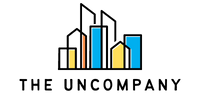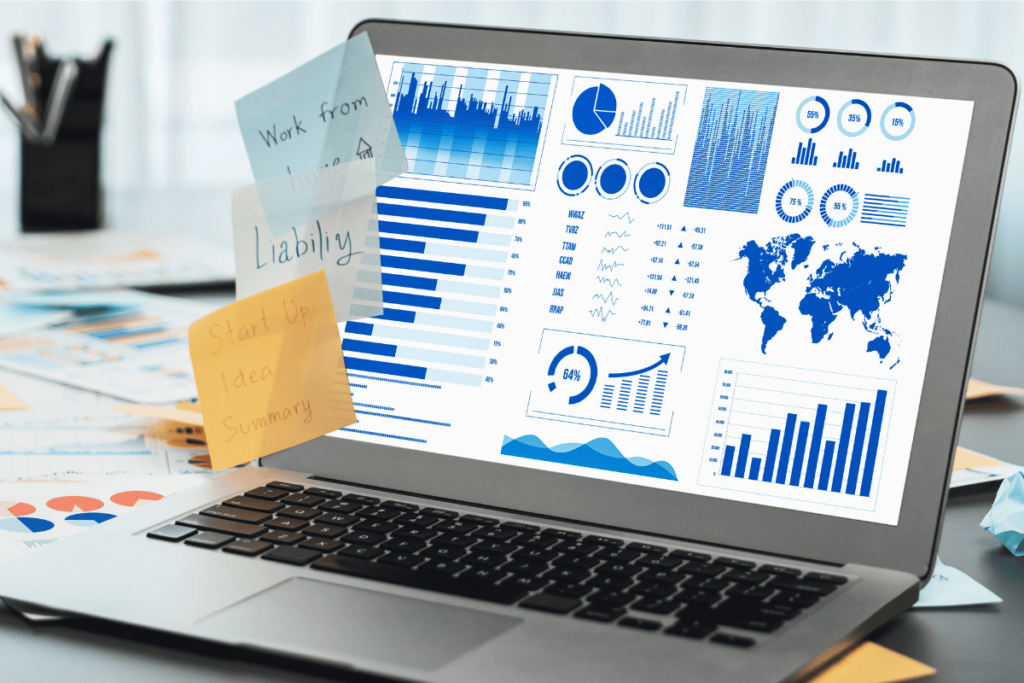Team collaboration is a cornerstone of successful projects. When teams work together effectively, they can align on goals, tackle challenges efficiently, and meet deadlines with ease. But collaboration can often break down due to miscommunication, lack of transparency, or difficulty accessing important information. This is where advanced reporting techniques come into play.
Advanced reporting not only streamlines the flow of information but also enhances decision-making and transparency, ensuring that everyone is on the same page. In this post, we’ll explore how you can leverage advanced reporting techniques to improve collaboration within your team and deliver better project outcomes.
The Role of Reporting in Team Collaboration
Reporting is the backbone of clear communication within a team. It ensures that every team member has access to the same information, from project progress to resource allocation and task deadlines. Without structured reporting, teams may find themselves working in silos, unaware of what other members are doing or what challenges might be hindering progress.
Effective reporting fosters trust and accountability by making work visible to all stakeholders. When each team member knows how their efforts contribute to the broader project, they feel more responsible for their tasks and more motivated to collaborate.
Regular reporting—whether it’s daily, weekly, or triggered by milestones—keeps the team aligned and helps identify bottlenecks before they become major issues. This is why adopting advanced reporting techniques is crucial for modern teams that rely on collaboration to achieve success.
Advanced Reporting Techniques for Enhanced Team Collaboration
Real-Time Reporting
Real-time reporting is critical for fast-paced project environments where delays can lead to missed deadlines or lost opportunities. This technique provides live updates on task progress, team workload, and resource availability. By using tools that support real-time reporting—such as Asana or Trello—teams can get instant visibility into project status without waiting for scheduled reports.
Benefits: Real-time reporting allows for immediate course corrections. Teams can respond faster to issues, reallocate resources as needed, and maintain momentum throughout the project. This technique improves collaboration by keeping everyone informed about the latest developments.
Automated Reports
Automated reporting is a time-saver for project managers and teams alike. With automated reports, project managers no longer need to manually compile data or chase down team members for updates. Reports are generated automatically at set intervals (daily, weekly, monthly) or when specific conditions are met (e.g., a task is completed, or a milestone is reached).
Examples: Tools like Google Looker Studio or Monday.com can automate project status updates, send progress reports to stakeholders, and track KPIs. These reports can be customized to pull data from various sources, ensuring accuracy and reducing the likelihood of human error.
Benefits: Automated reports free up time for strategic planning and other high-value activities. They ensure consistency in how information is presented, and because they’re generated without manual input, there’s less chance of missing or inaccurate data.
Customized Dashboards
Different team members often need different insights from reports. Customized dashboards allow you to tailor the presentation of data to meet the specific needs of various roles within the team—whether it’s project managers who need to see resource allocation or team members who want to track individual tasks.
Examples: A project manager might have a dashboard displaying project timelines, task completion rates, and workload distribution, while a team member’s dashboard could focus on their own tasks and deadlines. Tools like Power BI, Tableau, or Trello’s custom dashboards feature make it easy to create these role-specific views.
Benefits: By providing team members with relevant, easily accessible information, customized dashboards encourage more proactive collaboration. Each team member can see how their work fits into the broader project and stay informed without needing to wait for updates from others.
Data Visualization Techniques
Data visualization is a powerful tool for improving how information is understood and shared across teams. Instead of overwhelming team members with raw data, data visualization techniques—such as graphs, charts, and heatmaps—present information in a way that is easy to interpret and act on.
Examples: Tools like Google Looker Studio, Power BI, and Tableau excel at turning complex datasets into clear, actionable insights. Project trends, resource allocation, and risk factors can all be visualized, making it easier for teams to digest key information.
Benefits: Visualization tools simplify decision-making by highlighting trends and patterns that might not be obvious in raw data. This allows teams to spot potential problems or opportunities faster, leading to more informed, data-driven decisions.
How Advanced Reporting Improves Transparency
Transparency is crucial for building trust in team collaborations. Advanced reporting techniques provide real-time visibility into project progress, potential risks, and resource allocation, ensuring that no one is left in the dark. When every team member can see how the project is moving forward and how their individual contributions fit into the larger picture, it fosters a sense of shared responsibility and accountability.
Transparent reporting allows teams to anticipate and address issues before they escalate. By keeping all relevant data accessible and visible, teams can make quicker adjustments and maintain the project’s momentum.
Furthermore, transparency extends beyond the team itself—stakeholders, clients, and managers also benefit from clear, real-time insights into project performance, enabling them to make well-informed decisions.
Advanced Reporting’s Role in Better Decision-Making
Advanced reporting tools empower teams to make more informed and timely decisions. Real-time reports, automated dashboards, and data visualizations all provide the necessary insights to address project issues before they become critical. For instance, a team can spot a resource shortage or workload imbalance early and make adjustments before deadlines are affected.
The ability to access historical data also helps in forecasting future outcomes. Teams can use past performance metrics to predict potential project risks, allowing for better preparation and mitigation strategies. With a constant flow of accurate information, teams are equipped to make decisions that drive project success.
Overcoming Common Challenges in Implementing Advanced Reporting
Data Overload:
Too much data can overwhelm team members, making it difficult for them to focus on what matters most. To avoid this, ensure that your reports and dashboards are streamlined and only display the most relevant information for each team role.
Consistency and Data Accuracy:
Automated reports rely on accurate data inputs. It’s essential to ensure that the data being fed into the system is correct and up to date. Establishing clear processes for data entry and validation can help maintain report accuracy.
Training Teams:
Not all team members may be familiar with how to interpret advanced reports or dashboards. Offering training on how to use these tools effectively can ensure that everyone understands how to leverage the information to improve their work and decision-making.
Best Practices for Incorporating Advanced Reporting into Team Workflows
- Start Small: Begin by automating a few key reports, such as project status updates or resource allocation summaries. As your team becomes comfortable, expand automation to other areas.
- Customize Reports by Role: Different team members need different insights. Ensure that dashboards and reports are tailored to individual roles to provide the most value.
- Regularly Review and Adjust: Continuously evaluate how your reports are working. Solicit feedback from your team to ensure that the information provided is still useful and actionable.
- Foster a Culture of Transparency: Encourage openness by sharing reports broadly within the team. This helps build trust and accountability, while also fostering collaborative problem-solving.
Conclusion
Advanced reporting techniques are a powerful tool for improving team collaboration. By using real-time reports, automated updates, customized dashboards, and data visualization, teams can ensure that they have the information they need to make informed, strategic decisions.
Transparency, boosted by advanced reporting, creates an environment of trust and accountability where every team member has visibility into the project’s progress. By implementing these reporting techniques thoughtfully, teams can drive better outcomes, enhance decision-making, and foster a more collaborative work environment.
If you’d like to know more about how we can help support ongoing tasks or projects, please visit our services page and contact us with any questions you might have.

